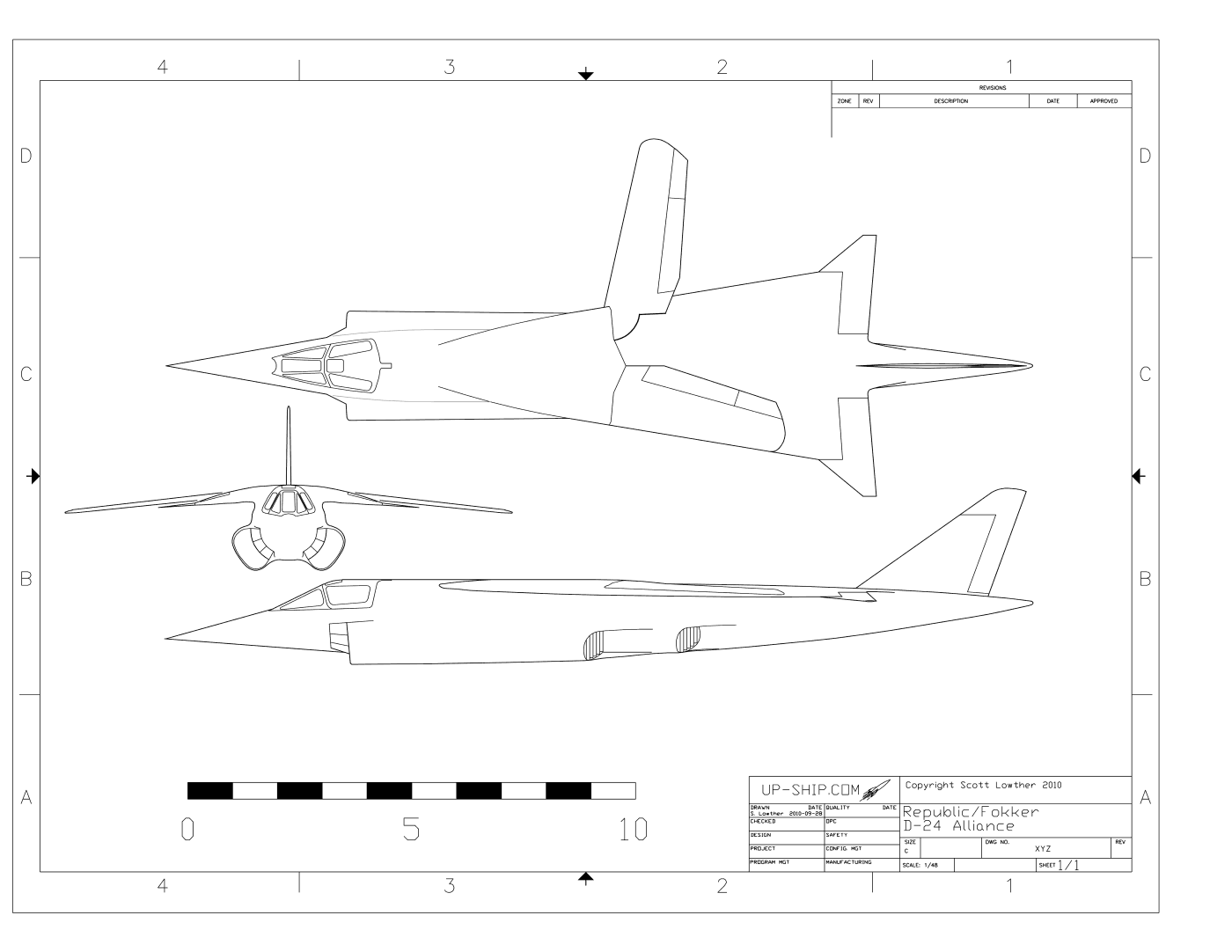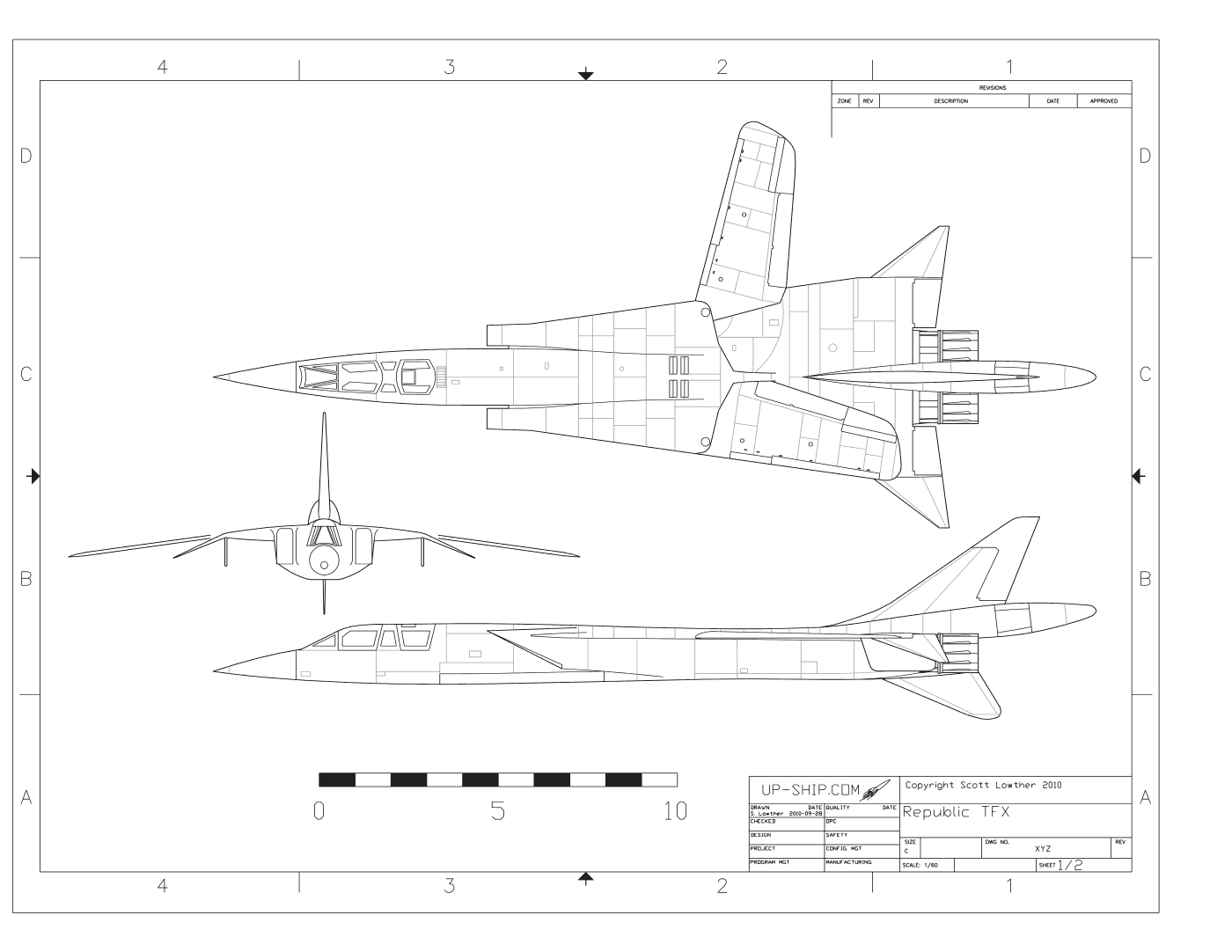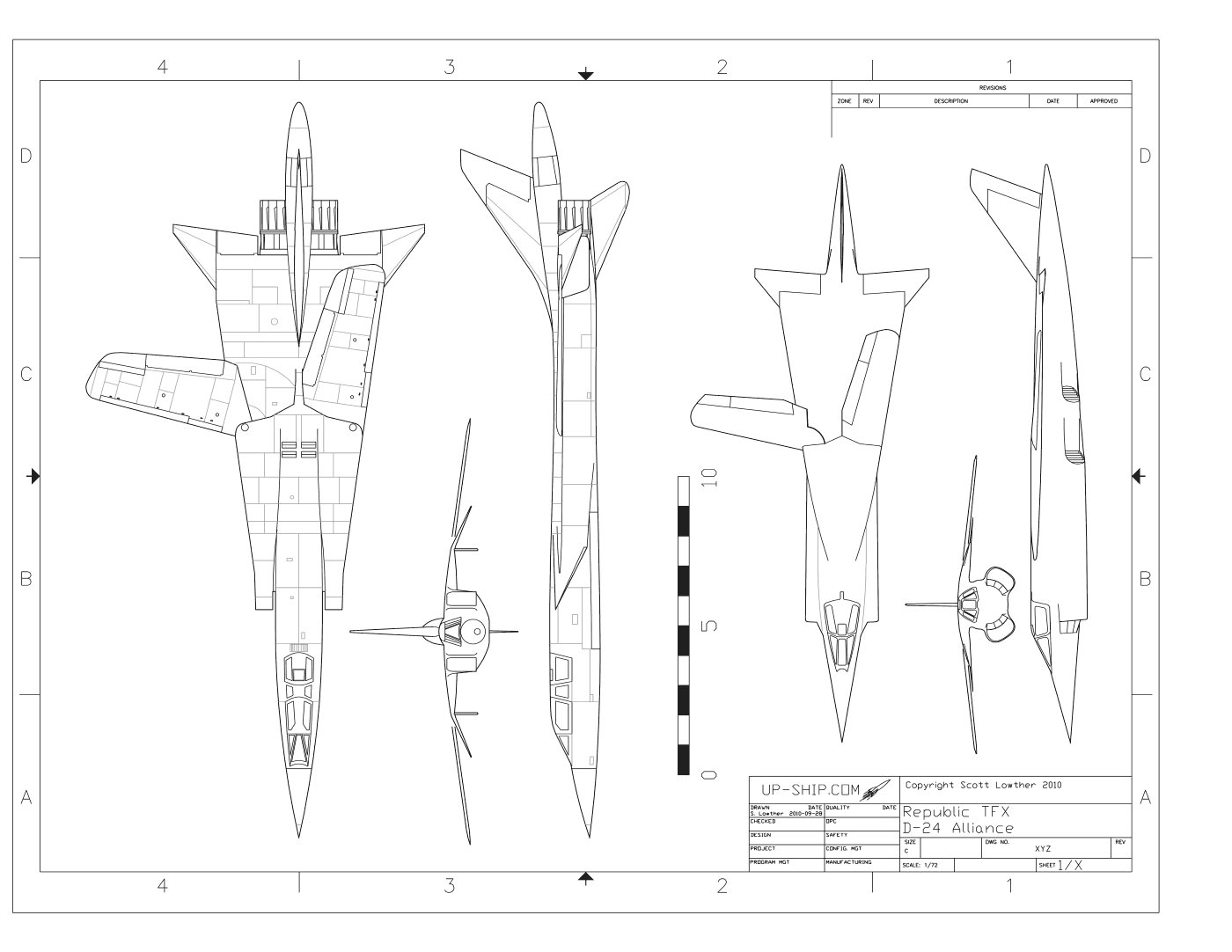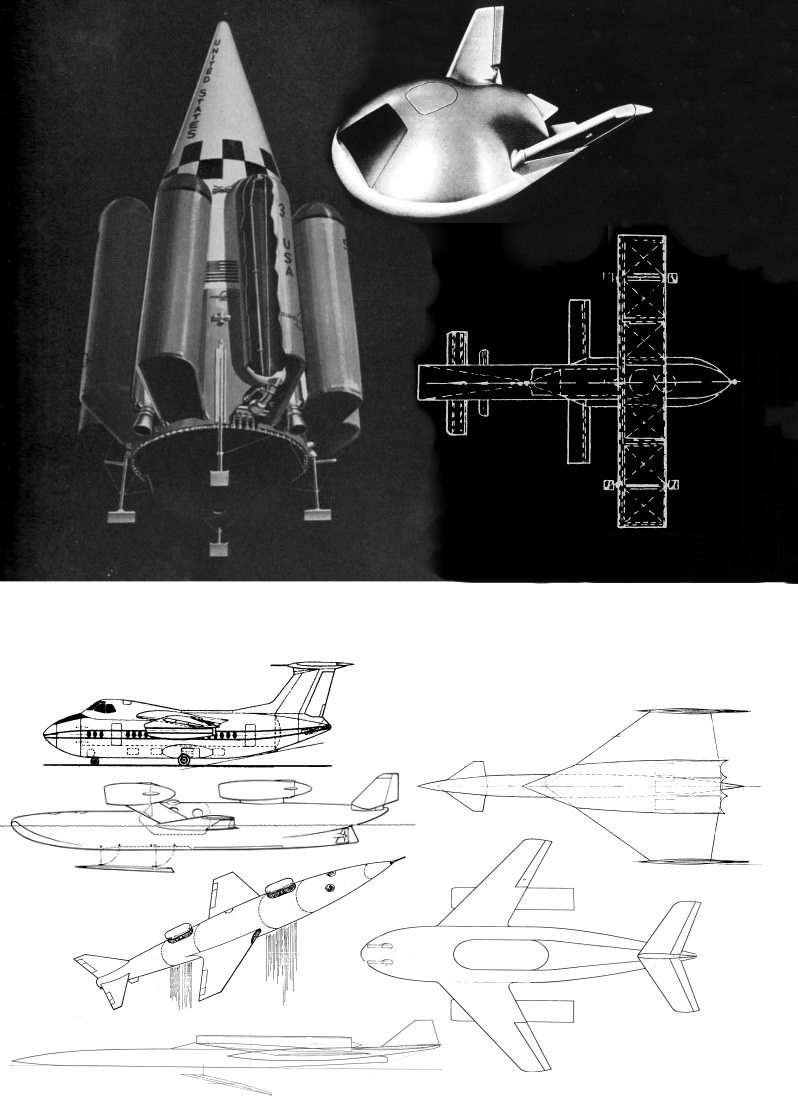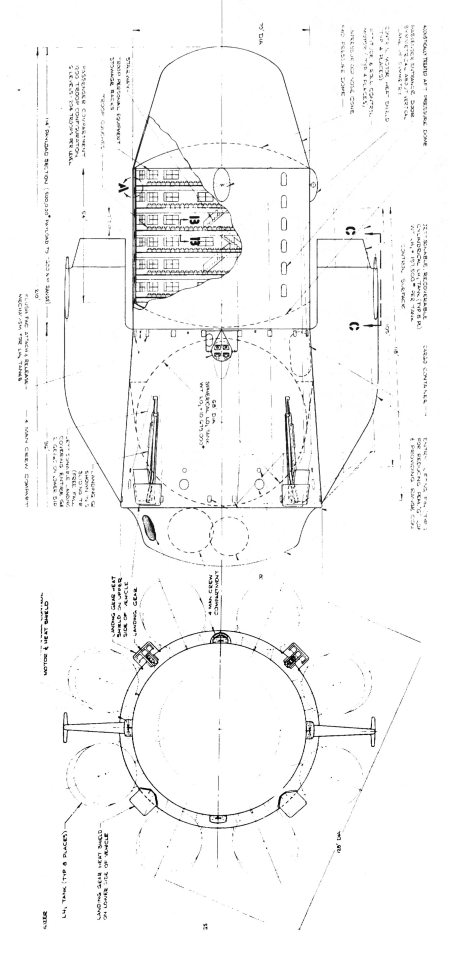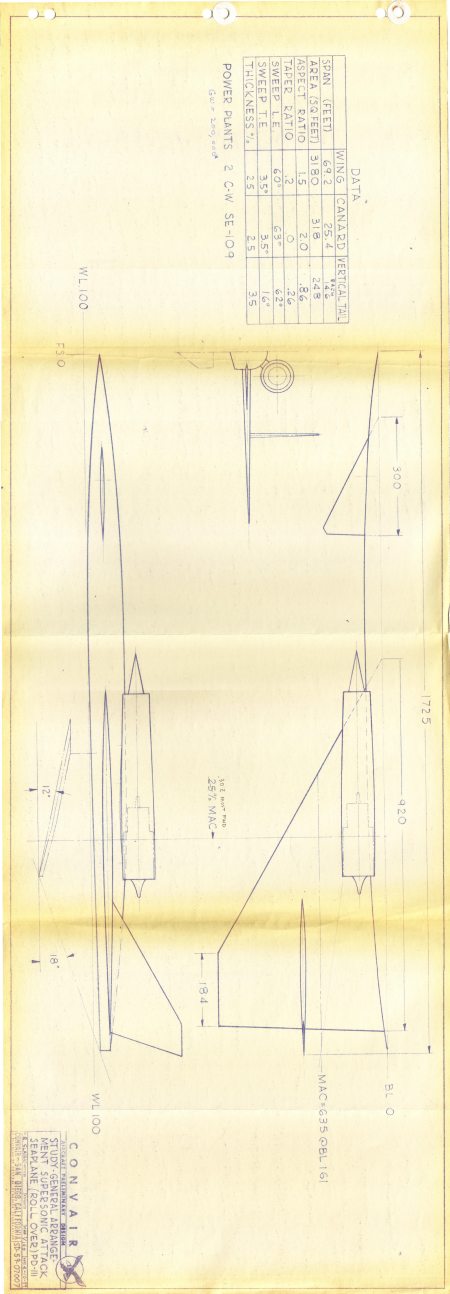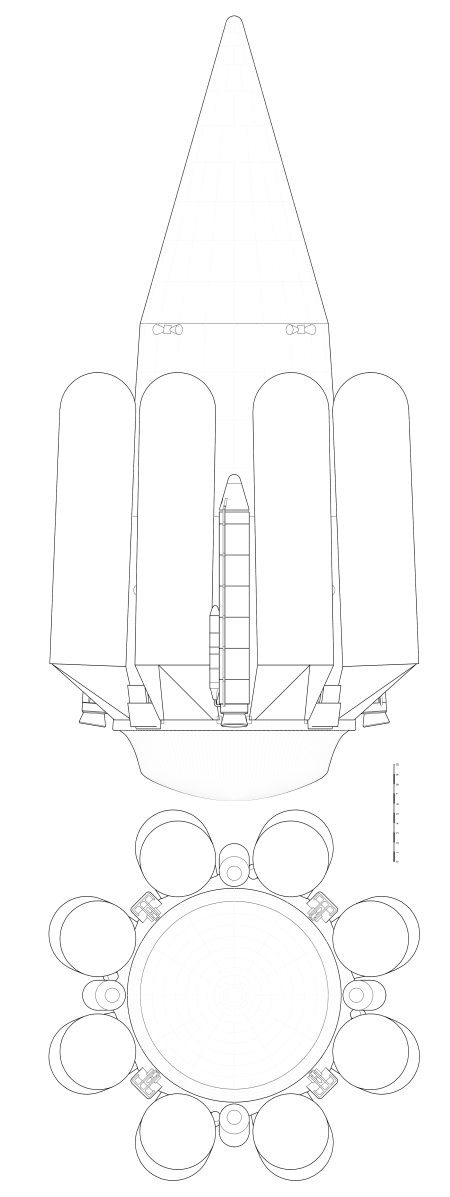Sigh. Still plugging away at what, six months ago, I’d hoped would be an easy, quickly-dashed-off issue. Just passed 105 pages today. I’m hoping to get it done and out the door soon. Of course, that’s what I hoped five months ago, too. Projects like the CAD drawings/prints fiasco and the “Nuclear Pulse Propulsion” book and others have taken their toll. Sadly, no “lots of money rolling in” projects have been occupying my time of late, so if you see that “donate” button off to the right…
I’m hoping (there’s that damnable word again) that shortly after V3N1 is out the door I’ll wrap up the revised V0N0. And then there’ll be V3N2, which will feature a new article on F-23 derivatives.

